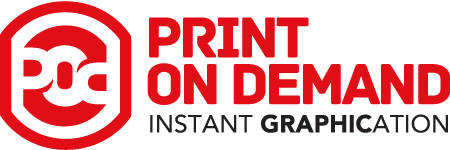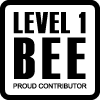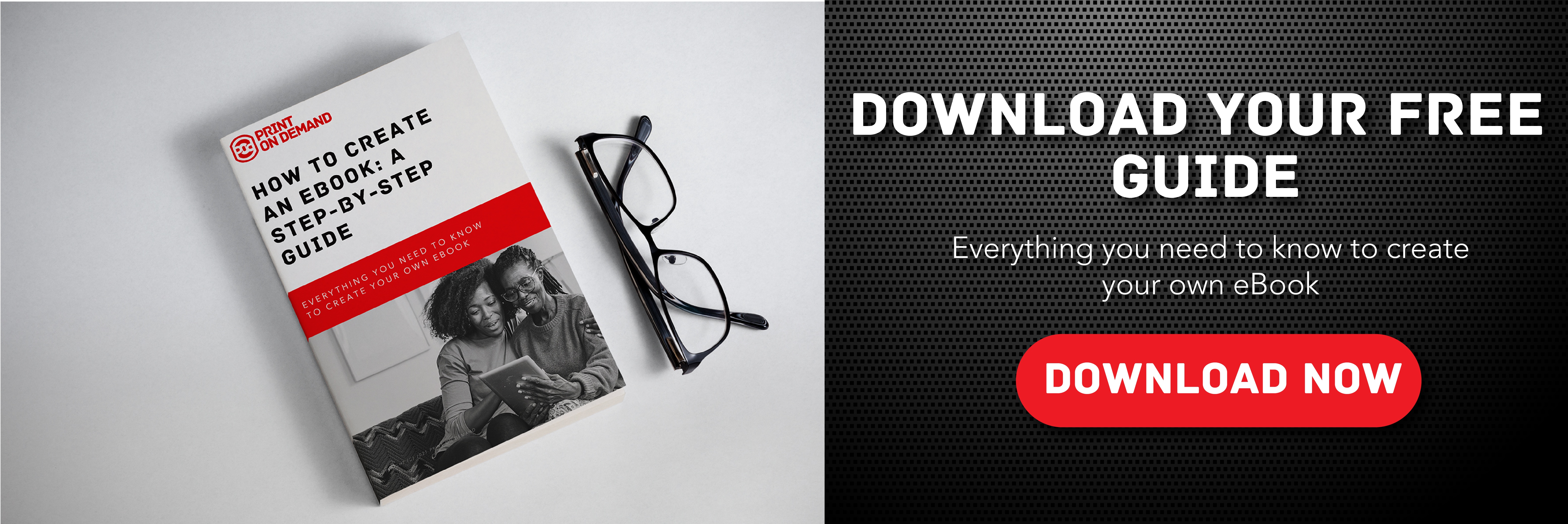How the publishing industry is becoming more sustainable
Publishers and their suppliers are becoming more and more aware that the concerns of their readers will drive the way in which publishing becomes more sustainable. The shift of literature to digital mediums, like ebooks and audiobooks, has been happening increasingly over the last 10 years. Innovation in the publishing industry has resulted in various products, including digital readers, audiobooks and self-publishing. These developments have gone a long way to make reading and publishing more accessible, both in terms of affordability and more sustainability.
One of the biggest windows of opportunity for publishing ebooks has been the coronavirus pandemic. The Book Industry Group noted that “the level of technology spending across the publishing business is impossible to estimate”, but it is clear that the physical book is slowly but surely becoming less relevant to consumers. For example, the accuracy in translating books to different languages, social media and search algorithms, the security and safety aspects associated with downloading digital media, making ebooks compatible with accessibility features, are just tips of the iceberg when it comes to changes that could be made to improve the world.
And paper manufacturing is the third-largest user of fossil fuels worldwide, using significant amounts of oil and gas at many phases of the process of turning trees into books.
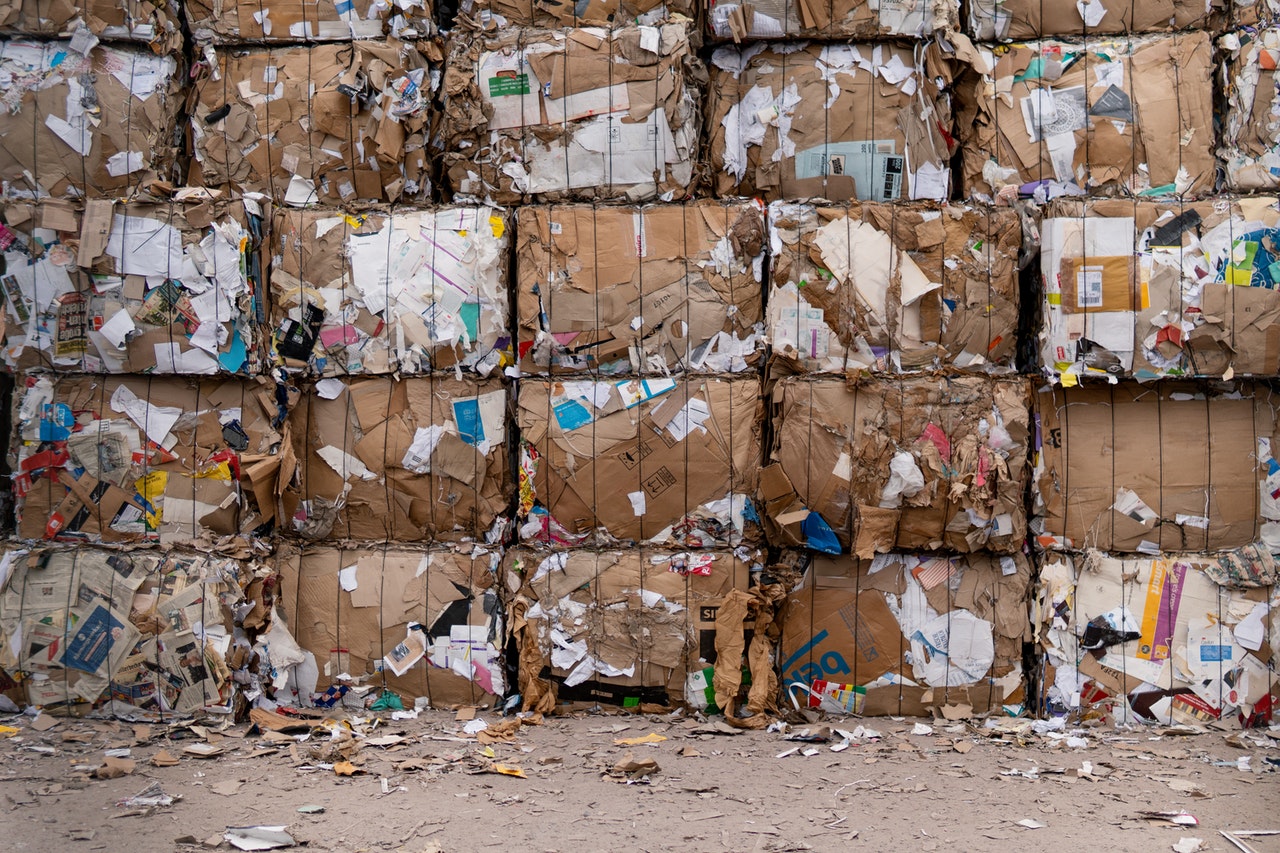
The easiest way to stop the destructive cycle and practice sustainable reading is to read (or listen to someone reading) in digital format.
iPads, Kindles, and other e-reader devices do have a carbon footprint and an environmental cost (including the electricity necessary to charge them up)—and it can be a big one. However, studies have shown that the more you read on an e-reader, the lower the environmental impact.
Reading 60 or more books over the lifetime of your Kindle or iPad makes it more environmentally friendly than reading the same number of print books.
Print-on-Demand
If you are going to go the book-printing route, consider choosing from publishers that use print-on-demand (POD) technology, and who can create ebooks and audiobooks.
This is a much more sustainable publishing option. Print on Demand can reduce printing costs because instead of printing tens of thousands of copies in the hopes that they’ll all sell, then destroying 30-40% of those books, publishers can use POD to print only the books that have actually sold to customers.
The Publishing Industry Tries to Close the Books on Climate Risk #EarthDay https://t.co/gJZURGD7RL via @triplepundit
— Brigid Black (@brigidblack) April 22, 2021
How it works is that a customer places an order for a book, the order is passed on to the printer, which creates the book on special high-speed digital presses. The finished book is then packed and shipped, using a minimum of excess packaging, straight to the buyer.
Many POD suppliers are making significant efforts to ‘green’ their processes and supply chains and are also committed to recycling as much of their facility’s waste as possible (and they produce significantly less waste per book than a traditional printer).
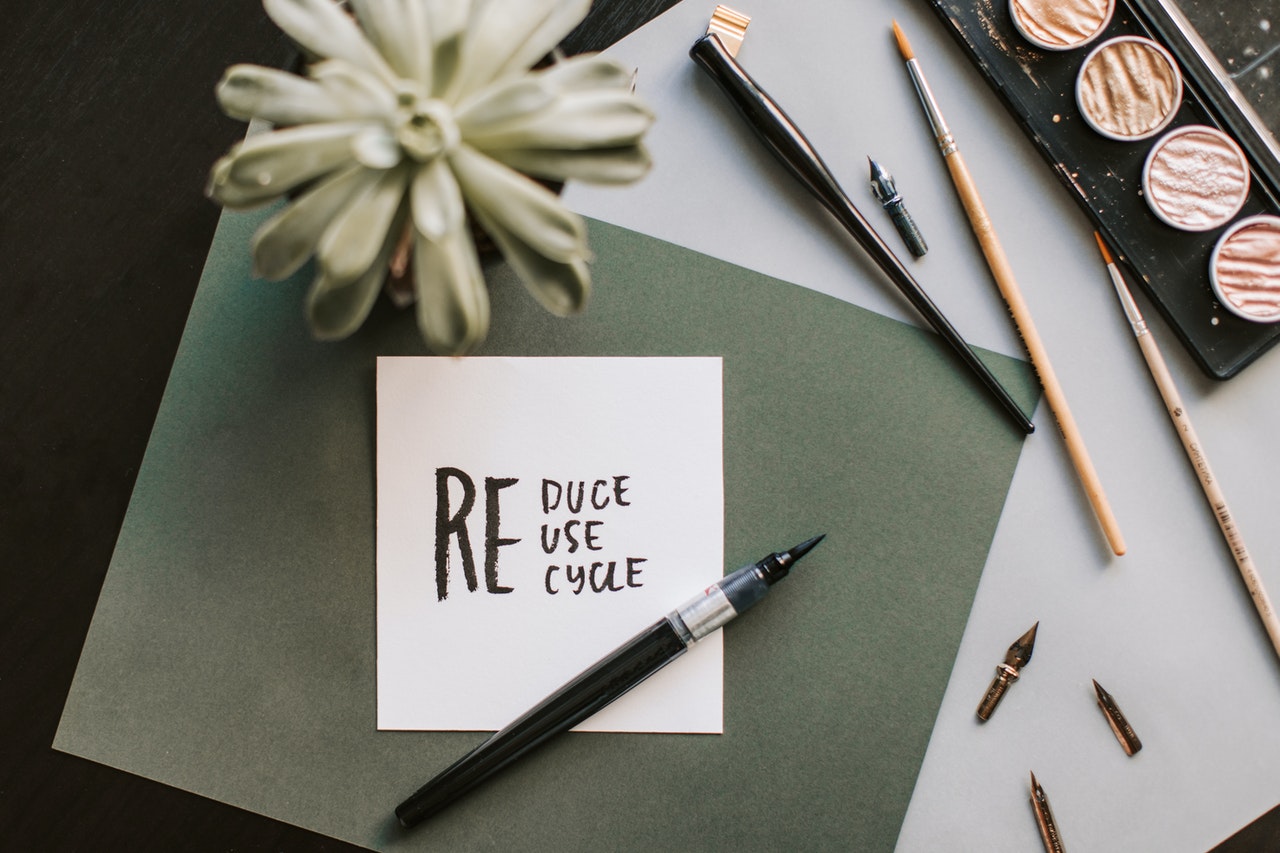
eBooks and audio books are probably also the most logical way to diversify revenue, reach new markets and become more sustainable in a relatively inexpensive and highly measurable way.
By recording audiobooks, videos or podcasts, you can produce content that engages your audience through professional video and audio production.
Until more research has been done on the lifecycle and environmental impact of the electronics used for digital publishing, pitting paper and e-media against each other is futile. It doesn't need to be an ‘either or’ situation. There is a place for both paper and e-media.
In fact, the ideal situation is that we use both electronic and print media in a way that meets our social and environmental and economic needs.
